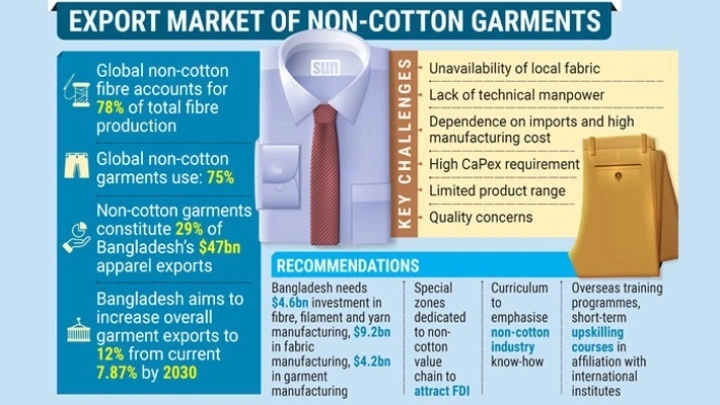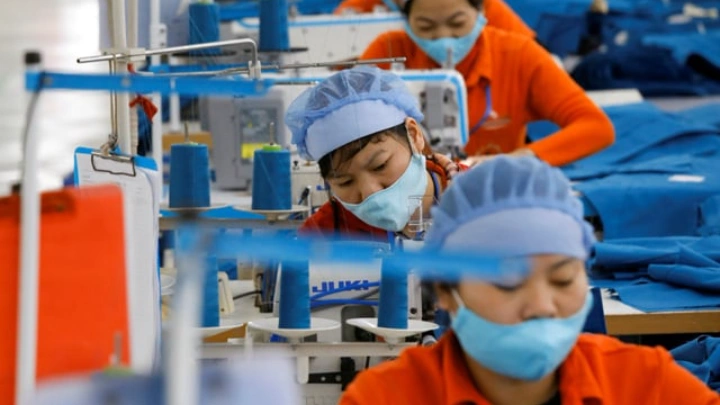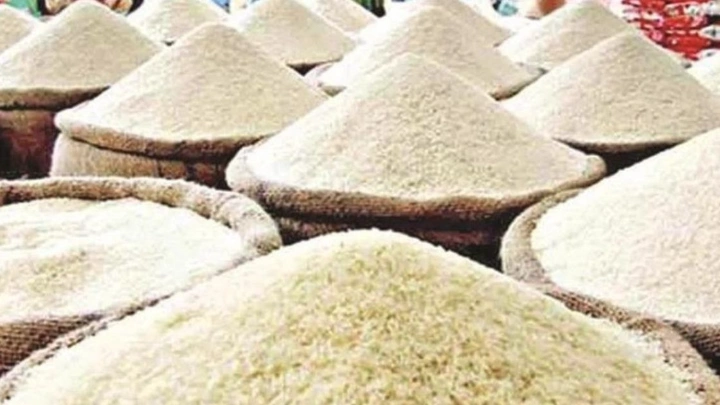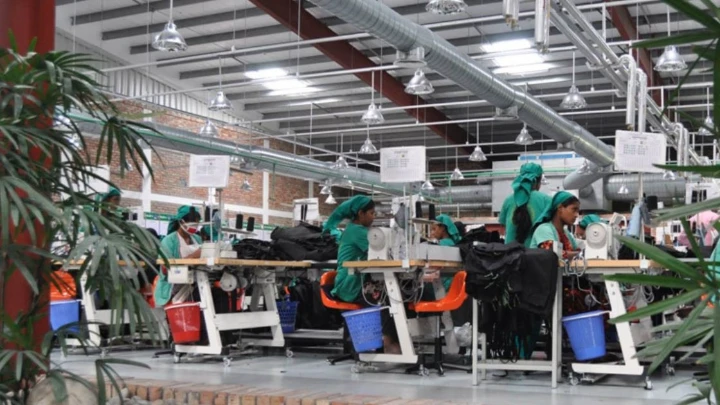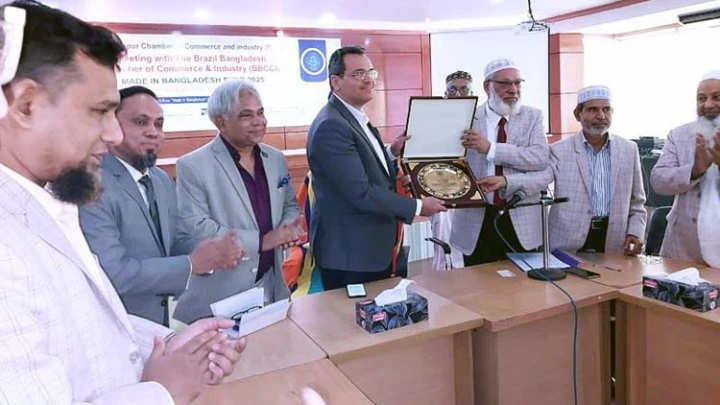$42b exports of non-cotton garments likely by 2032
DailySun || Shining BD
Bangladesh has the potential to export at least $42 billion worth of non-cotton garments by 2032 if $18 billion worth of investments is made for the upgradation of the country’s non-cotton apparel sector.
Bangladesh already secured the second top position in the global apparel market by exporting mainly cotton-made garments.
Now, the country can expand its global market share by exporting non-cotton apparel as global buyers are leaning towards the non-cotton fibres.
In the last five years, global non-cotton fibre production surged significantly with 78% of total fibre production being the non-cotton items.
The study, however, found a good number of challenges, including unavailability of local fabric, lack of technical manpower, dependence on imports and high cost of manufacturing, high capital expenditure (CapEx) requirement, limited product range, and quality concerns to explore the untapped non-cotton potential of Bangladesh.
According to the study, Bangladesh needs $4.6 billion investment in fibre, filament and yarn manufacturing, $9.2 billion in fabric manufacturing, and $4.2 billion in garment manufacturing to tap the potential of the non-cotton apparel exports.
Bangladesh Garment Manufacturers and Exporters Association (BGMEA) on Sunday released the study titled “Beyond Cotton: A Strategic Blueprint for Fibre Diversification in Bangladesh Apparel”.
Business Director of Wazir Advisors Pvt Ltd VarunVaid conducted the study on behalf of the BGMEA.
The report stated that non-cotton apparel is a larger and faster-growing category than cotton apparel. At least 50% of the export items of China, Vietnam, and Italy are from the non-cotton category.
Bangladesh’s non-cotton garment exports rose only 4% from 25% to 29% in the last three years. The country exported garment products worth $47b in 2023.
Bangladesh exported $15.6 billion worth of non-cotton apparel in 2022, when China had exported $116 billion.
The study recommended special zones for the non-cotton value chain to attract foreign direct investment (FDI), academic curriculum for non-cotton industry know-how, overseas training programmes, short-term upskilling courses in affiliation with international institutes, and joint ventures with leading international players to take the country’s non-cotton industry to a new height.
It also suggested for investment in research and development, infrastructure and manpower for product portfolio diversification, develop hub and spoke model- sub-contracting opportunities between large non-cotton manufacturers and smaller players.
BGMEA President Faruque Hassan said, “We are gradually increasing our capacity in the non-cotton apparel sector to enhance our presence in the global market. The contribution of non-cotton items to our total apparel exports rose from 25% to 29% in the last three years. We are now working to earn$100 billion through garment exports by 2030.”
Faruquesaid, “Amid high production costs, the government increased electricity prices which will hurt our industry. Bangladesh will graduate from LDC in 2026, so the government can provide us incentives indirectly to increase our capacity here. Many countries do it.”
“Bangladesh is performing well in cotton-made garment products. So the country can perform well in the non-cotton market too if we get proper policy support from the government. Even though we have to depend on raw materials import,” the BGMEA president stated.
Bangladesh sources man-made fibre raw materials mainly from China and India. Around 67% of it comes from China, while 10% from India, 5% from Indonesia, 4% from Taiwan, 3% from Thailand, 3% from South Korea, 1% from Singapore, and 7% from other countries.
According to textile and apparel expert VarunVaid,non-cotton apparel is a larger and faster-growing category than cotton apparel.
Shining BD

